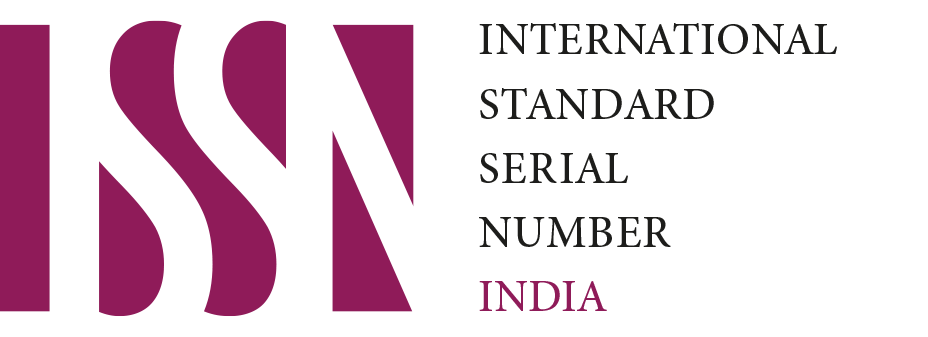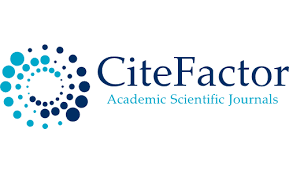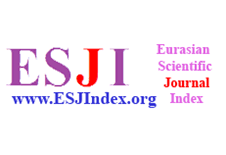THE IMPORTANCE OF ENHANCING STUDENTS' VOCABULARY WITH THE HELP OF AUTHENTIC MATERIALS
Lutfullayeva Umida Ravshanbekovna
Tashkent University of Humanities Head of "Pedagogy and languages" department
Mirakhmedova Sabokhat Elmurod qizi
student of the English language faculty of philology, group 140-23
Keywords: vocabulary acquisition, authentic materials, English language learning
Abstract
This study explores the significance of using authentic materials in enhancing students’ vocabulary acquisition in English language learning. Authentic materials, such as newspapers, podcasts, and videos, provide learners with real-life language exposure, making vocabulary learning more contextual and meaningful. The research investigates the effectiveness of integrating authentic materials into vocabulary instruction, focusing on their impact on students’ retention, motivation, and practical language use. A mixed-methods approach was employed, combining quantitative data from vocabulary tests and qualitative insights from student interviews. The findings reveal that authentic materials significantly improve vocabulary retention and learner engagement, offering a more dynamic and culturally relevant learning experience. This study underscores the potential of authentic materials as a powerful tool in language education and provides practical recommendations for educators.
References
1. Hyland K., Rodrigo I. H. English for academic purposes: An advanced resource book //Miscelánea: A journal of english and american studies. – 2007. – №. 35. – С. 99-108. https://doi.org/10.1111/j.1467-9922.2011.00634.x
2. Nation, I. S. P. (2013). Learning Vocabulary in Another Language (2nd ed.). Cambridge University Press. https://doi.org/10.1017/CBO9781139524759
3. Schmitt N. Researching vocabulary: A vocabulary research manual. – Springer, 2010. https://doi.org/10.1057/9780230293977
4. Richards J. C., Rodgers T. S. Approaches and methods in language teaching. – Cambridge university press, 2014. https://doi.org/10.1017/CBO9780511667305
5. Tomlinson B. Materials development for language learning and teaching //Language teaching. – 2012. – Т. 45. – №. 2. – С. 143-179. 45(2), 143–179. https://doi.org/10.1017/S0261444811000528
6. Hyland K. English for academic purposes //The Routledge companion to English studies. – Routledge, 2014. – С. 392-404. https://doi.org/10.4324/9780203006603
7. Carneiro R. M. O. MCCARTEN, J. Teaching Vocabulary: lessons from the corpus, lessons for the classroom. Cambridge: Cambridge University Press, 2007. https://doi.org/10.1017/CBO9780511730399
8. Peacock M. The effect of authentic materials on the motivation of EFL learners //ELT journal. – 1997. – Т. 51. – №. 2. – С. 144-156. https://doi.org/10.1093/elt/51.2.144
9. Berardo S. A. The use of authentic materials in the teaching of reading //The reading matrix. – 2006. – Т. 6. – №. 2.
10. Nunan, D. (2015). Teaching English to Speakers of Other Languages: An Introduction. Routledge. https://doi.org/10.4324/9781315740553
11. Mishan F. Designing authenticity into language learning materials //(No Title). – 2005.
12. Webb S., Nation P. How vocabulary is learned. – Oxford University Press, 2017. https://doi.org/10.1093/oso/9780194403559.001.0001
13. Richards J. C. Jack C Richards' 50 Tips for Teacher Development Google EBook: Cambridge Handbooks for Language Teachers. – Cambridge University Press, 2017. https://doi.org/10.1017/9781316145081
14. Folse K. Applying L2 lexical research findings in ESL teaching //Tesol Quarterly. – 2011. – Т. 45. – №. 2. – С. 362-369. https://doi.org/10.5054/tq.2011.248523
15. Laufer B., Hulstijn J. Incidental vocabulary acquisition in a second language: The construct of task-induced involvement //Applied linguistics. – 2001. – Т. 22. – №. 1. – С. 1-26. https://doi.org/10.1093/applin/22.1.1

















